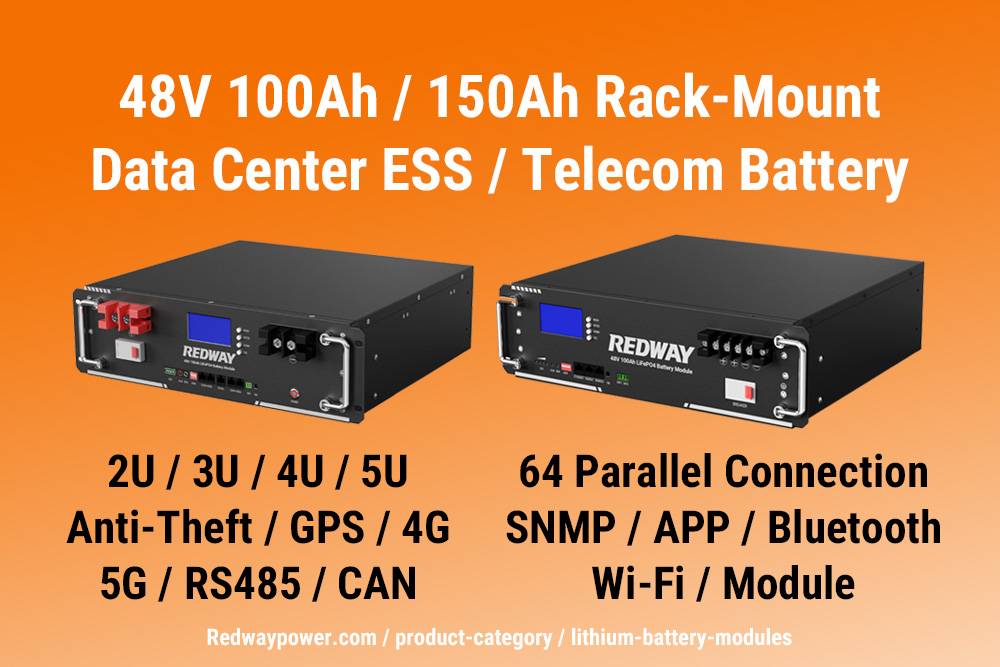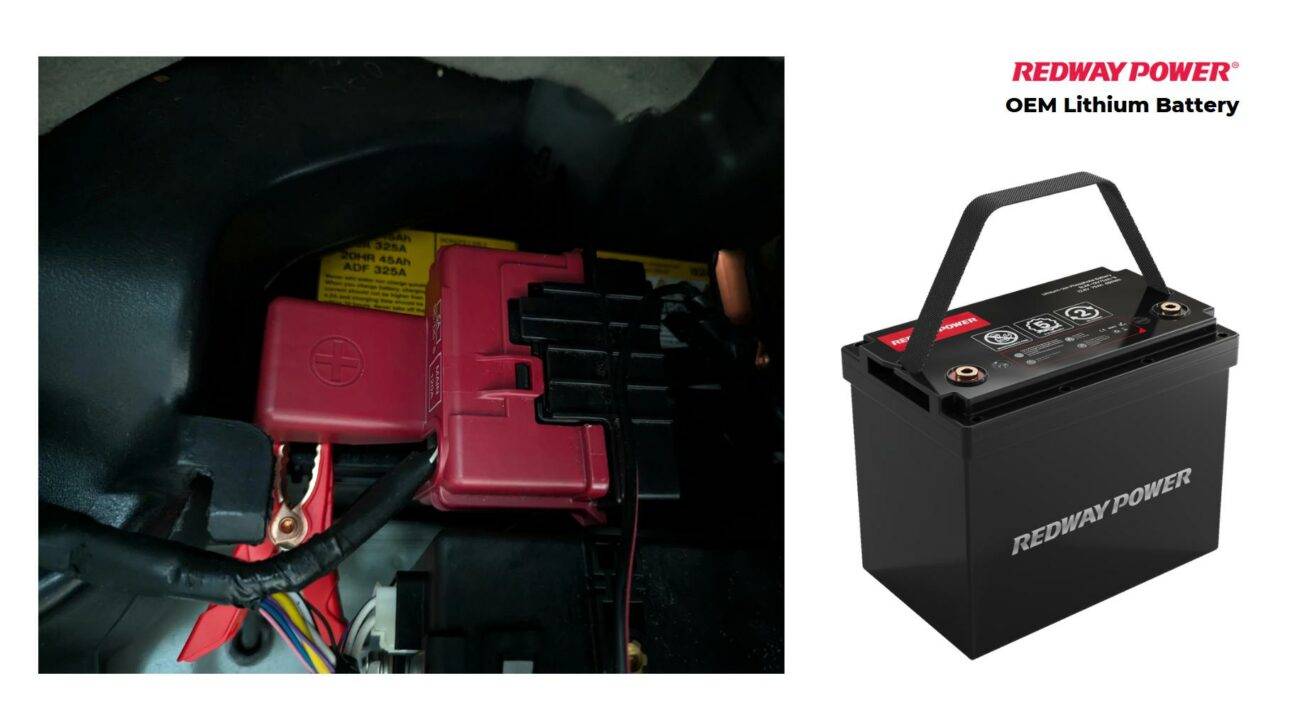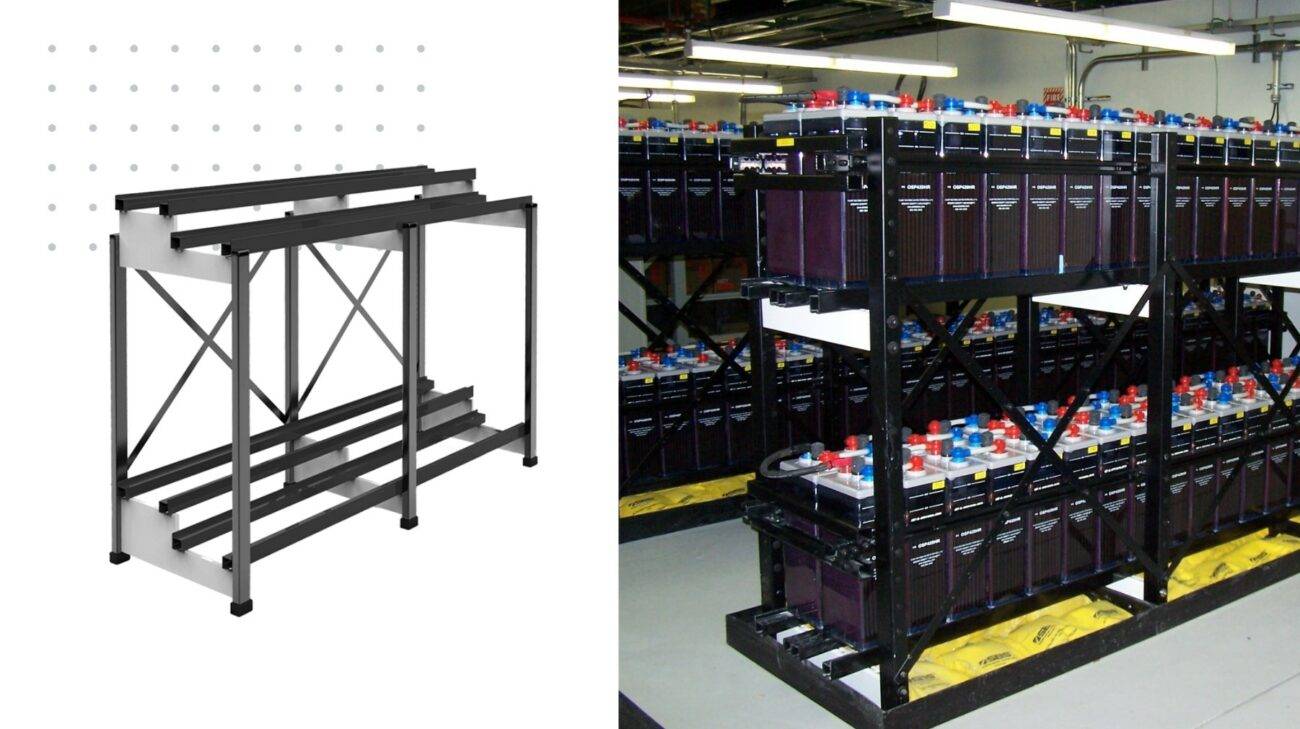- Forklift Lithium Battery
-
48V
- 48V 210Ah
- 48V 300Ah
- 48V 420Ah (949 x 349 x 569 mm)
- 48V 420Ah (950 x 421 x 450 mm)
- 48V 456Ah
- 48V 460Ah (830 x 630 x 590 mm)
- 48V 460Ah (950 x 421 x 450 mm)
- 48V 460Ah (800 x 630 x 600 mm)
- 48V 460Ah (820 x 660 x 470 mm)
- 48V 500Ah
- 48V 560Ah (810 x 630 x 600 mm)
- 48V 560Ah (950 x 592 x 450 mm)
- 48V 600Ah
- 48V 630Ah
-
48V
- Lithium Golf Cart Battery
- 12V Lithium Battery
12V 150Ah Lithium RV Battery
Bluetooth App | BCI Group 31
LiFePO4 Lithium
Discharge Temperature -20°C ~ 65°C
Fast Charger 14.6V 50A
Solar MPPT Charging - 24V Lithium Battery
- 36V Lithium Battery
- 48V Lithium Battery
-
48V LiFePO4 Battery
- 48V 50Ah
- 48V 50Ah (for Golf Carts)
- 48V 60Ah (8D)
- 48V 100Ah (8D)
- 48V 100Ah
- 48V 100Ah (Discharge 100A for Golf Carts)
- 48V 100Ah (Discharge 150A for Golf Carts)
- 48V 100Ah (Discharge 200A for Golf Carts)
- 48V 150Ah (for Golf Carts)
- 48V 160Ah (Discharge 100A for Golf Carts)
- 48V 160Ah (Discharge 160A for Golf Carts)
-
48V LiFePO4 Battery
- 60V Lithium Battery
-
60V LiFePO4 Battery
- 60V 20Ah
- 60V 30Ah
- 60V 50Ah
- 60V 50Ah (Small Size / Side Terminal)
- 60V 100Ah (for Electric Motocycle, Electric Scooter, LSV, AGV)
- 60V 100Ah (for Forklift, AGV, Electric Scooter, Sweeper)
- 60V 150Ah (E-Motocycle / E-Scooter / E-Tricycle / Tour LSV)
- 60V 200Ah (for Forklift, AGV, Electric Scooter, Sweeper)
-
60V LiFePO4 Battery
- 72V~96V Lithium Battery
- Rack-mounted Lithium Battery
- E-Bike Battery
- All-in-One Home-ESS
- Wall-mount Battery ESS
-
Home-ESS Lithium Battery PowerWall
- 24V 100Ah 2.4kWh PW24100-S PowerWall
- 48V 50Ah 2.4kWh PW4850-S PowerWall
- 48V 50Ah 2.56kWh PW5150-S PowerWall
- 48V 100Ah 5.12kWh PW51100-F PowerWall (IP65)
- 48V 100Ah 5.12kWh PW51100-S PowerWall
- 48V 100Ah 5.12kWh PW51100-H PowerWall
- 48V 200Ah 10kWh PW51200-H PowerWall
- 48V 300Ah 15kWh PW51300-H PowerWall
PowerWall 51.2V 100Ah LiFePO4 Lithium Battery
Highly popular in Asia and Eastern Europe.
CE Certification | Home-ESS -
Home-ESS Lithium Battery PowerWall
- Portable Power Stations
How to Properly Charge Lithium Iron Phosphate (LiFePO4) Batteries

Charging Lithium Iron Phosphate (LiFePO4) batteries correctly is essential for maximizing their lifespan and performance. The recommended method involves a two-stage process: constant current followed by constant voltage. Understanding how to charge these batteries ensures efficient energy storage and usage.
What is the Recommended Charging Method for LiFePO4 Batteries?
The optimal charging method for LiFePO4 batteries is a combination of constant current (CC) and constant voltage (CV). Initially, a constant current is applied until the battery reaches a specific voltage threshold, after which the charger switches to constant voltage mode. This method prevents overcharging and enhances battery longevity.Chart: Charging Stages of LiFePO4 Batteries
| Stage | Description | Voltage Level |
|---|---|---|
| Constant Current | Initial charging phase | Up to 3.65V per cell |
| Constant Voltage | Final charging phase | Hold at 3.65V |
How Do You Determine the Appropriate Charging Current for LiFePO4 Batteries?
The charging current for LiFePO4 batteries typically ranges from 0.2C to 1C, where “C” represents the battery’s capacity in amp-hours (Ah). For example, a 100Ah battery can be charged at a current between 20A (0.2C) and 100A (1C). Fast charging can be done at higher rates, up to 3C, but this should be approached with caution to prevent overheating.Chart: Recommended Charging Currents
| Battery Capacity (Ah) | Standard Charge Current Range (A) | Fast Charge Current Range (A) |
|---|---|---|
| 50 | 10 – 50 | 50 – 150 |
| 100 | 20 – 100 | 100 – 300 |
| 200 | 40 – 200 | 200 – 600 |
What Are the Key Voltage Specifications for Charging LiFePO4 Batteries?
The nominal voltage of a single LiFePO4 cell is 3.2V, with a maximum charging voltage of 3.65V per cell. For battery packs, this translates into higher total voltages. For example, a 12V battery pack typically requires a charging voltage of around 14.4V to 14.6V.Chart: Voltage Specifications for Common Battery Packs
| Battery Type | Nominal Voltage (V) | Recommended Charge Voltage (V) |
|---|---|---|
| Single Cell | 3.2 | Up to 3.65 |
| 12V Pack | 12.8 | 14.4 – 14.6 |
| 24V Pack | 25.6 | 28.8 – 29.2 |
How Can You Avoid Overcharging and Damage to LiFePO4 Batteries?
To prevent overcharging, always use a charger specifically designed for LiFePO4 batteries that incorporates built-in protections against overvoltage and overcurrent. Additionally, monitor the charging process; stop charging when the current drops below 0.1C or when it reaches full charge as indicated by your charger.
What Are the Ideal Charging Conditions for LiFePO4 Batteries?
LiFePO4 batteries should ideally be charged at temperatures between 0°C and 55°C (32°F to 131°F). While they can technically charge at lower temperatures, doing so can reduce efficiency and may require limiting the charge current to 5-10% of capacity if below freezing.
How Does Temperature Affect the Charging Process of LiFePO4 Batteries?
Temperature significantly impacts both charging efficiency and safety:
- Low Temperatures: At temperatures below freezing, charging should be done cautiously as it can lead to lithium plating, which damages cells.
- High Temperatures: Excessive heat can cause thermal runaway, leading to potential failure or hazards.
Always ensure that batteries are within safe temperature ranges during charging.
Why Should You Avoid Using Lead-Acid Chargers for LiFePO4 Batteries?
Lead-acid chargers are not suitable for charging LiFePO4 batteries because they operate on different voltage profiles and include stages that can apply excessive voltages (up to 15V) during desulfation or equalization processes. Such voltages can trigger protective cut-off mechanisms in LiFePO4 batteries or cause irreversible damage.Chart: Comparison of Charger Types
| Charger Type | Suitable For | Voltage Range |
|---|---|---|
| Lead-Acid Charger | Lead-Acid Batteries | Up to ~15V |
| Lithium Charger | LiFePO4 Batteries | Up to ~14.6V |
Industrial News
Recent advancements in battery technology have led to improved charging systems specifically designed for lithium iron phosphate batteries, enhancing efficiency and safety during operation. New smart chargers now feature integrated monitoring systems that adjust charging parameters in real-time based on temperature and state of charge, ensuring optimal performance while extending battery life.
Redway Power Insight
“Charging lithium iron phosphate batteries correctly is crucial not only for performance but also for safety,” states an expert from Redway Power. “Using appropriate chargers and following recommended practices can significantly enhance battery longevity while preventing potential hazards.”
FAQ Section
Q: Can I charge my LiFePO4 battery with a regular lithium-ion charger?
A: No, it’s important to use a charger specifically designed for LiFePO4 batteries due to different voltage requirements.Q: Is it safe to charge my battery at any temperature?
A: No, it’s best to charge within the recommended temperature range of 0°C to 55°C to avoid damage.Q: How often should I check my battery during charging?
A: Regular checks are recommended, especially if you’re using a new charger or if environmental conditions change significantly.






















